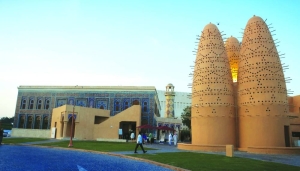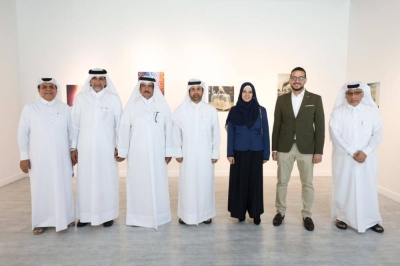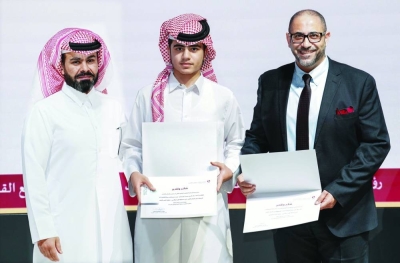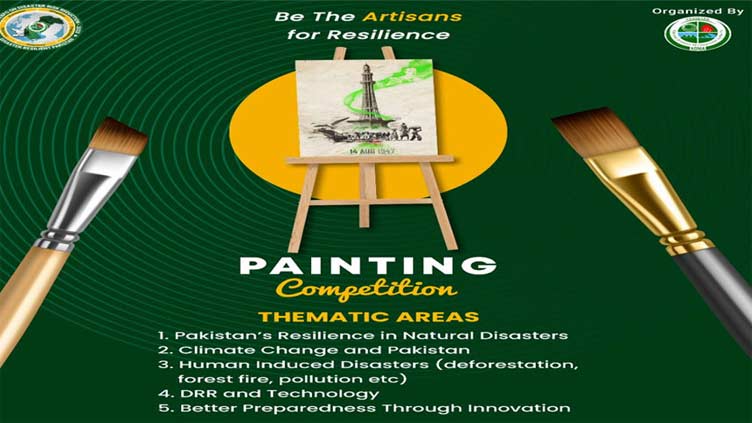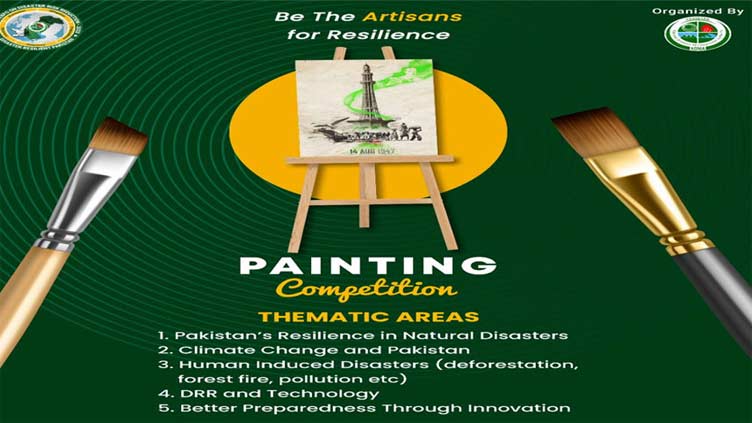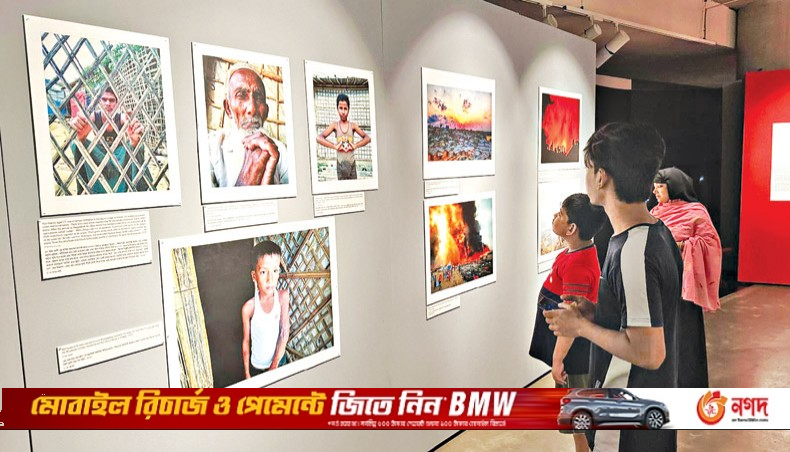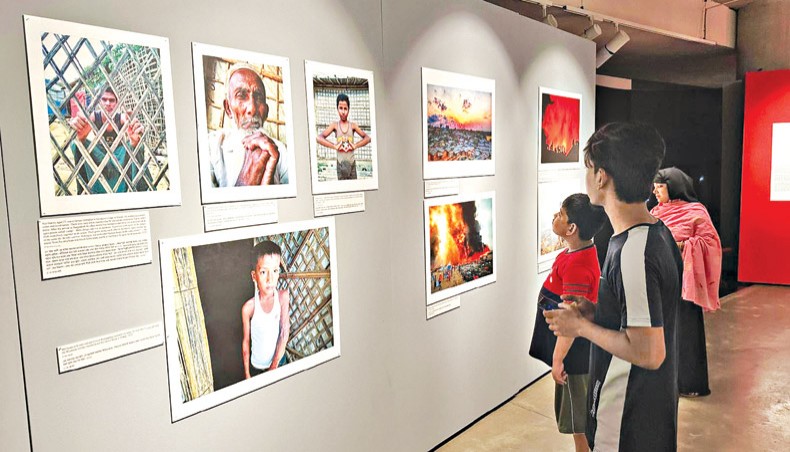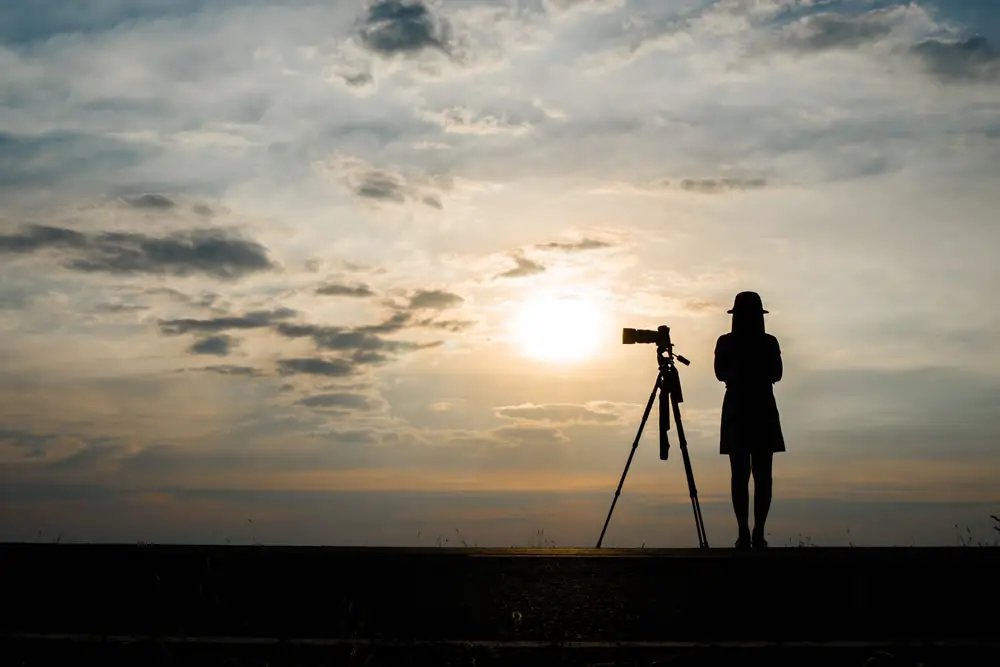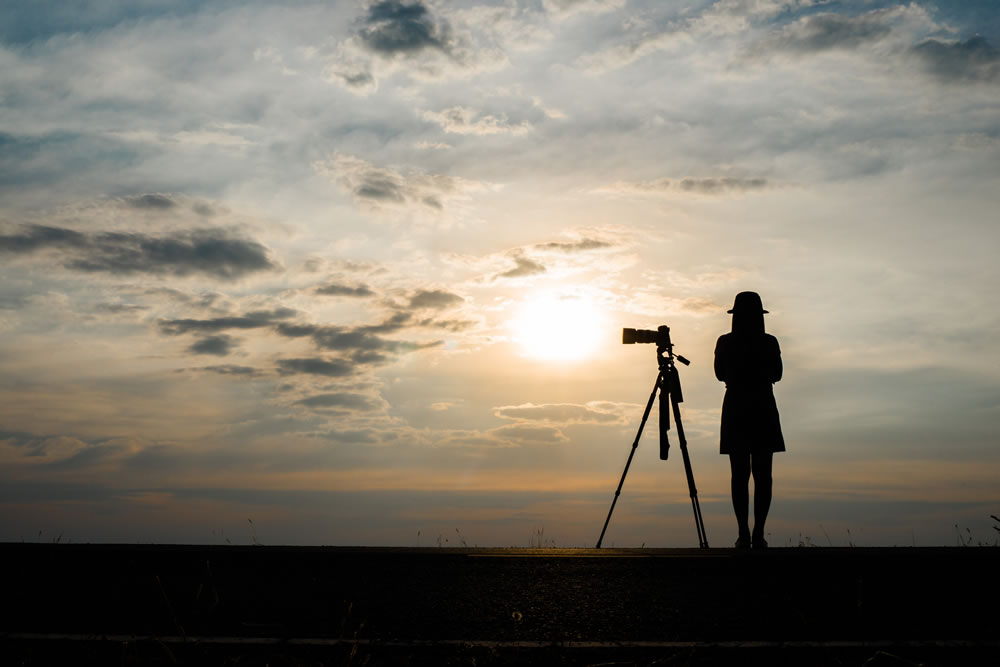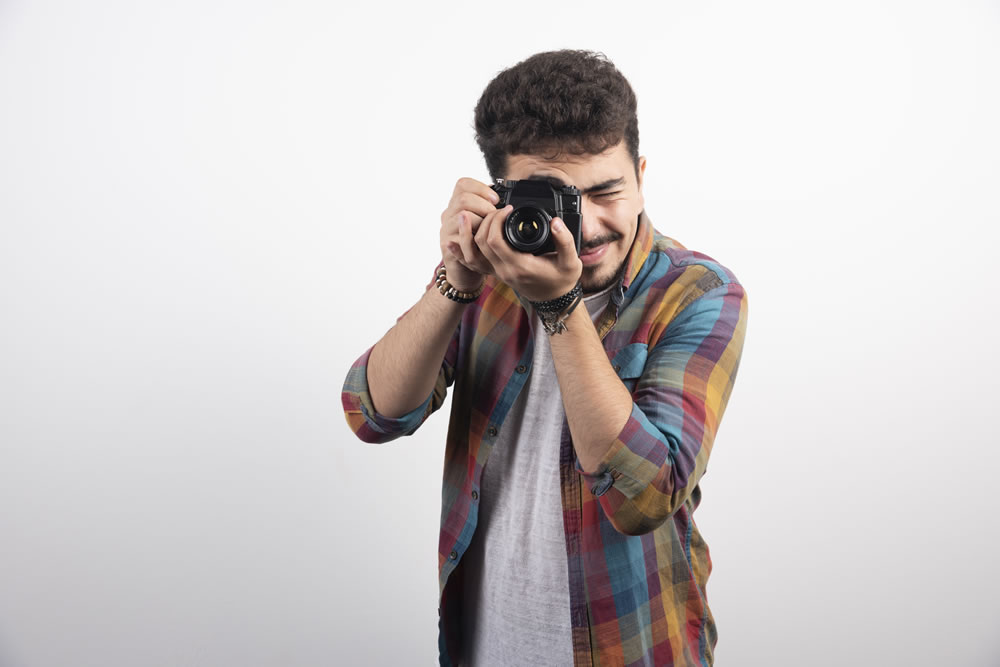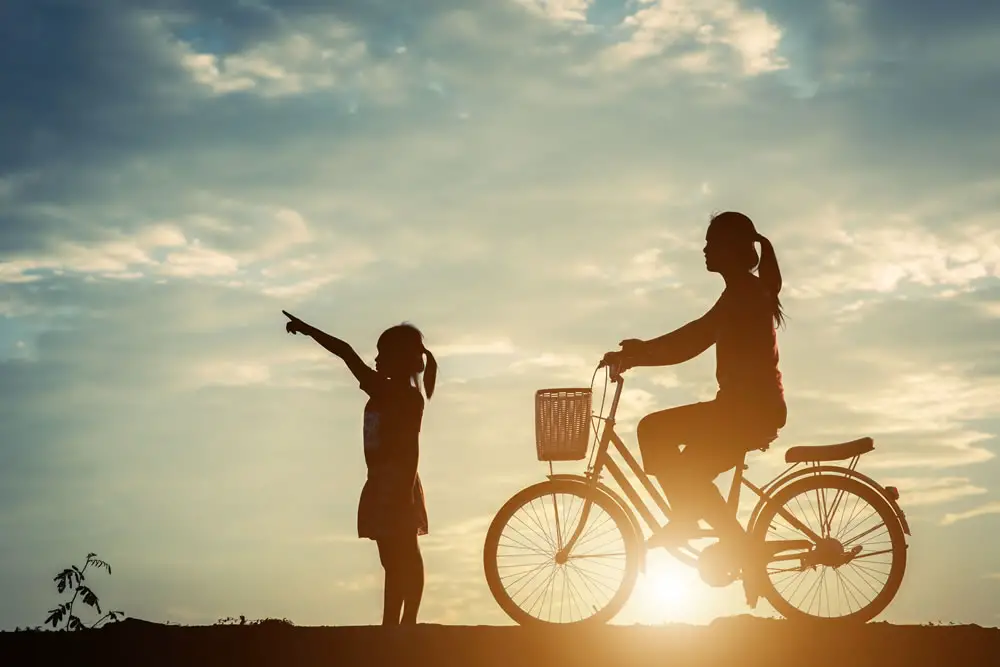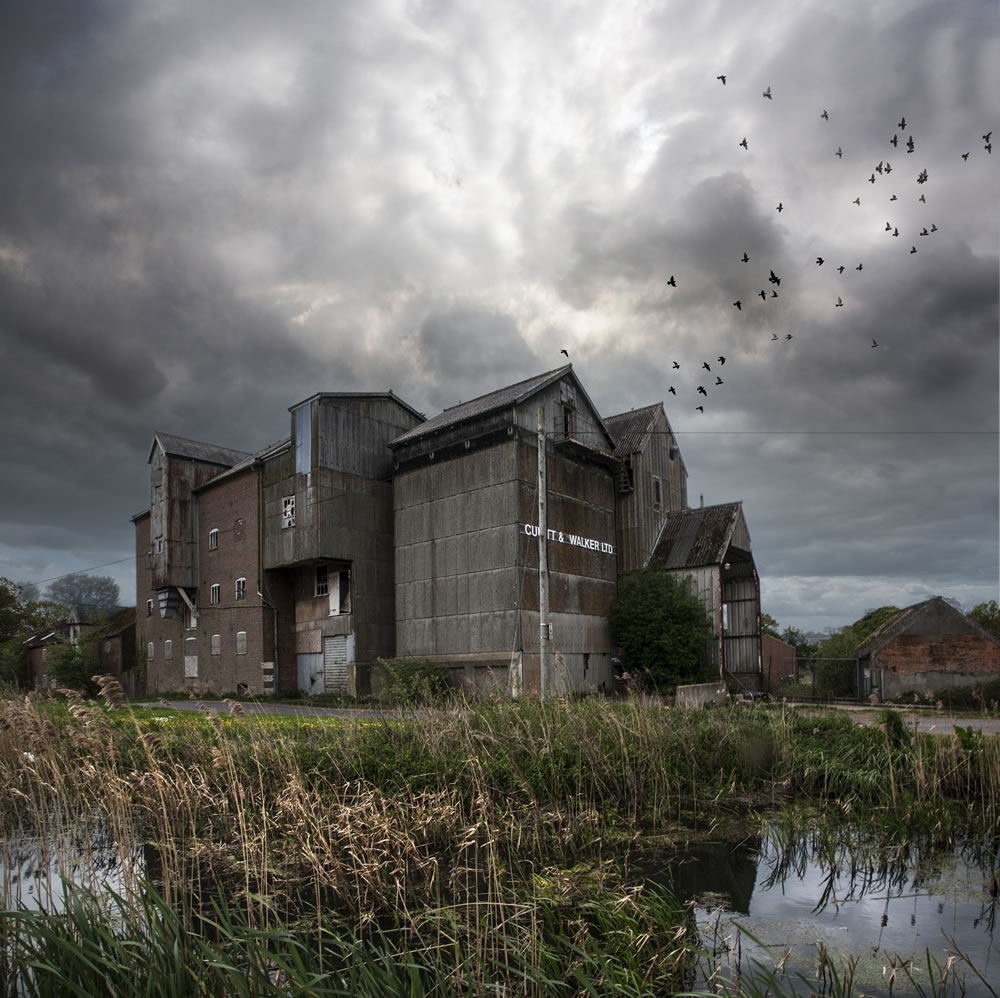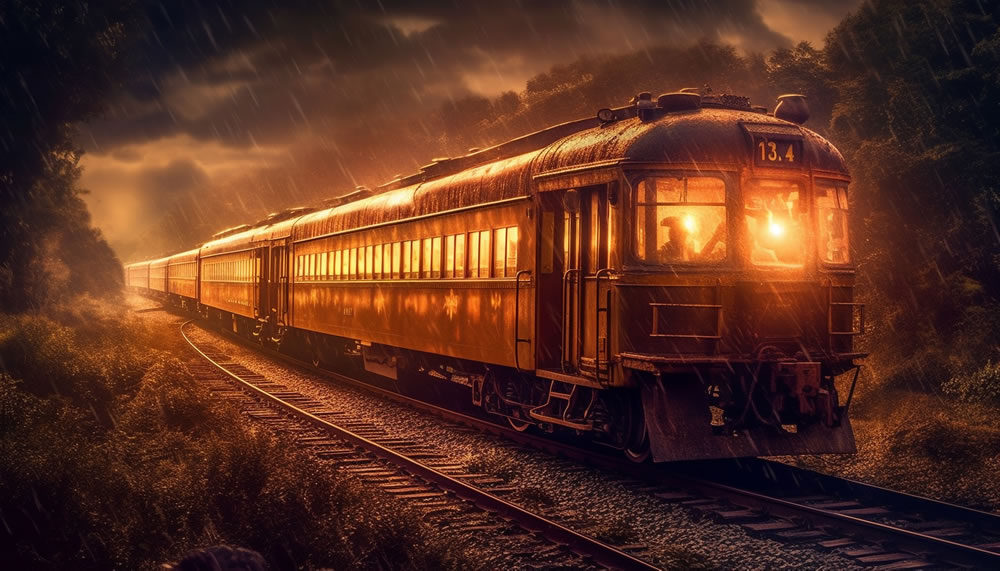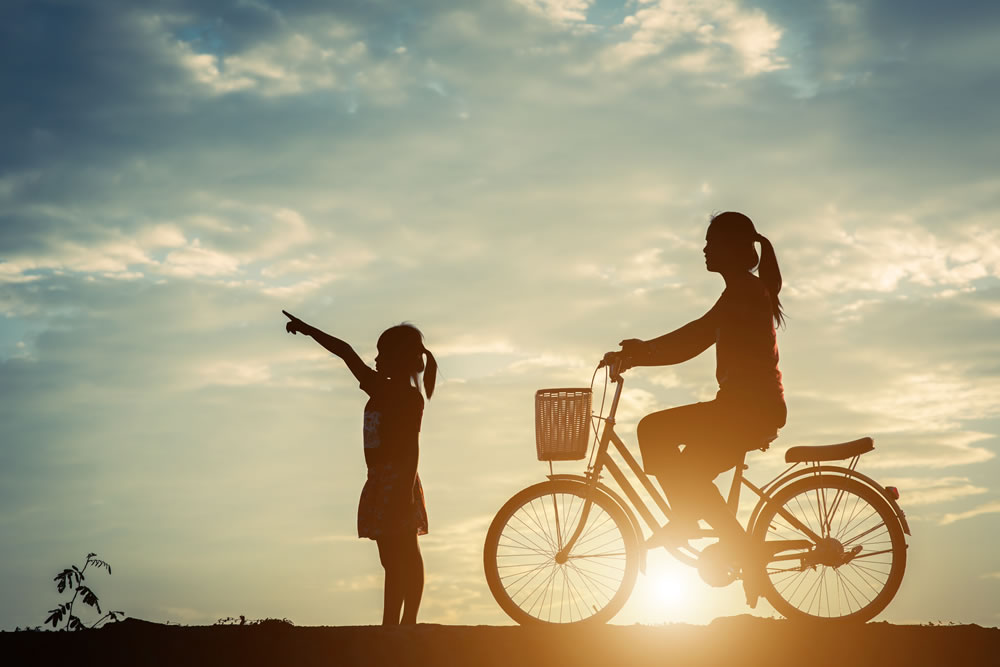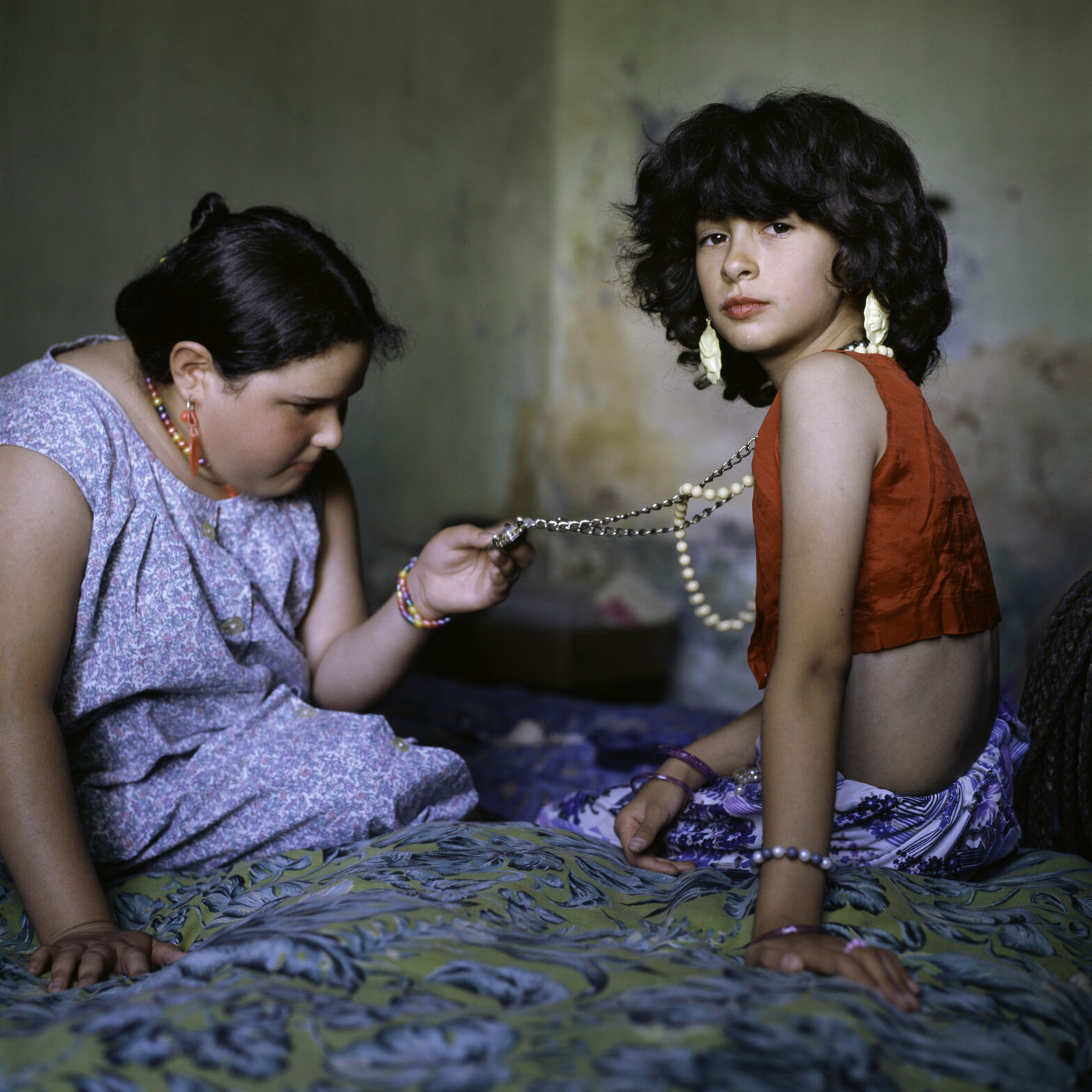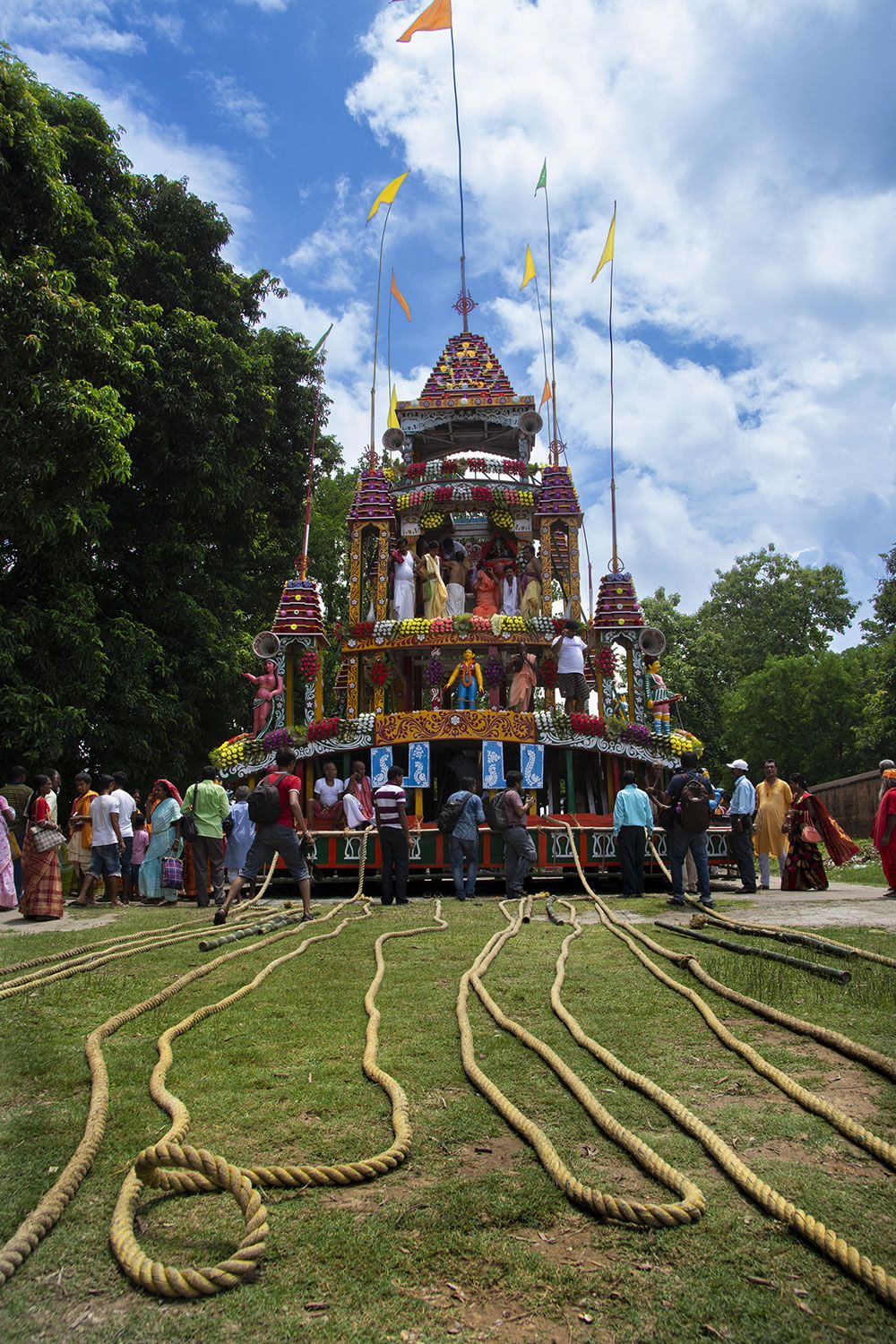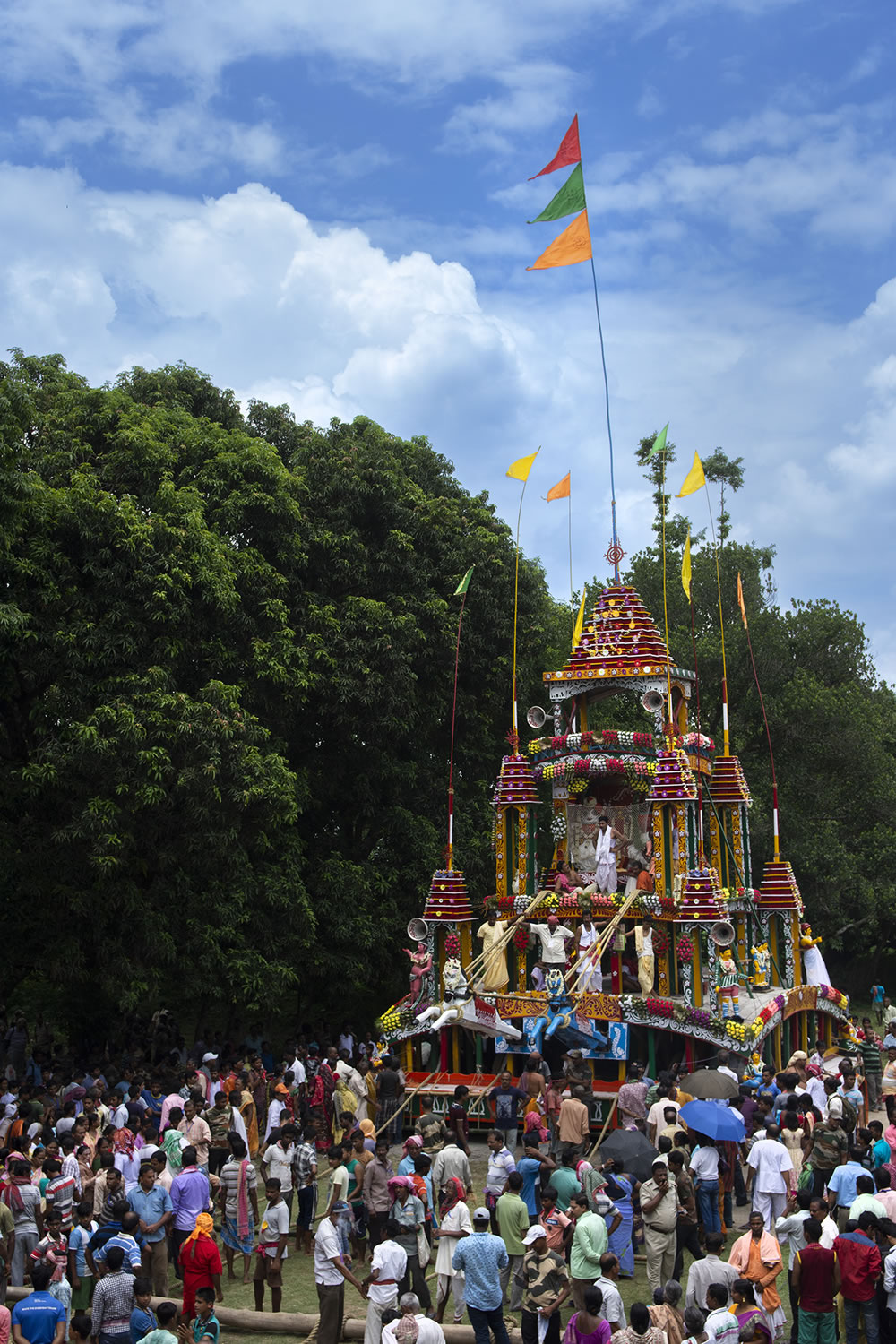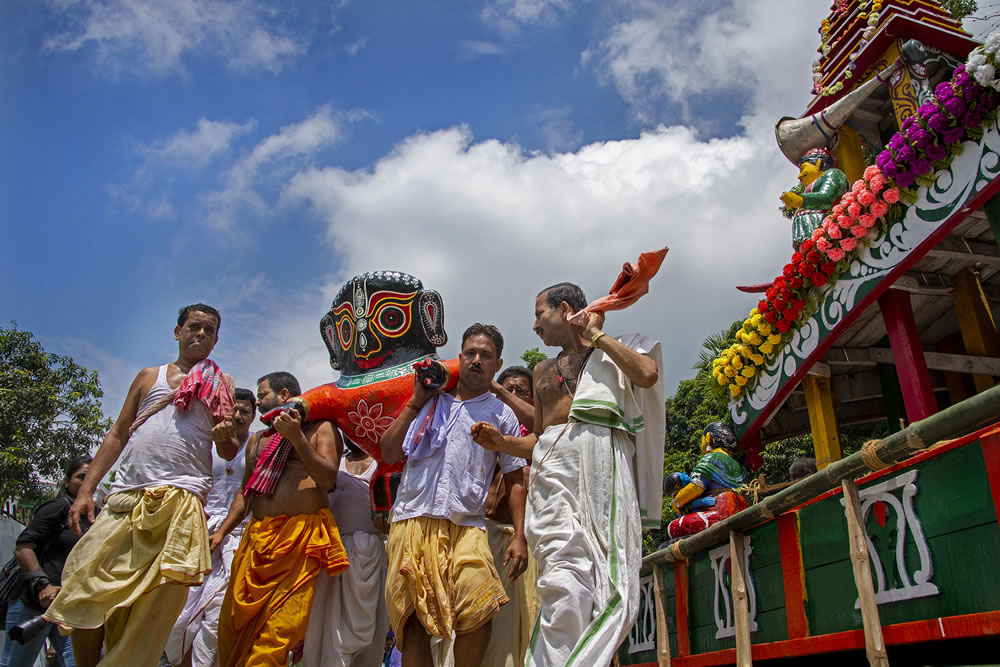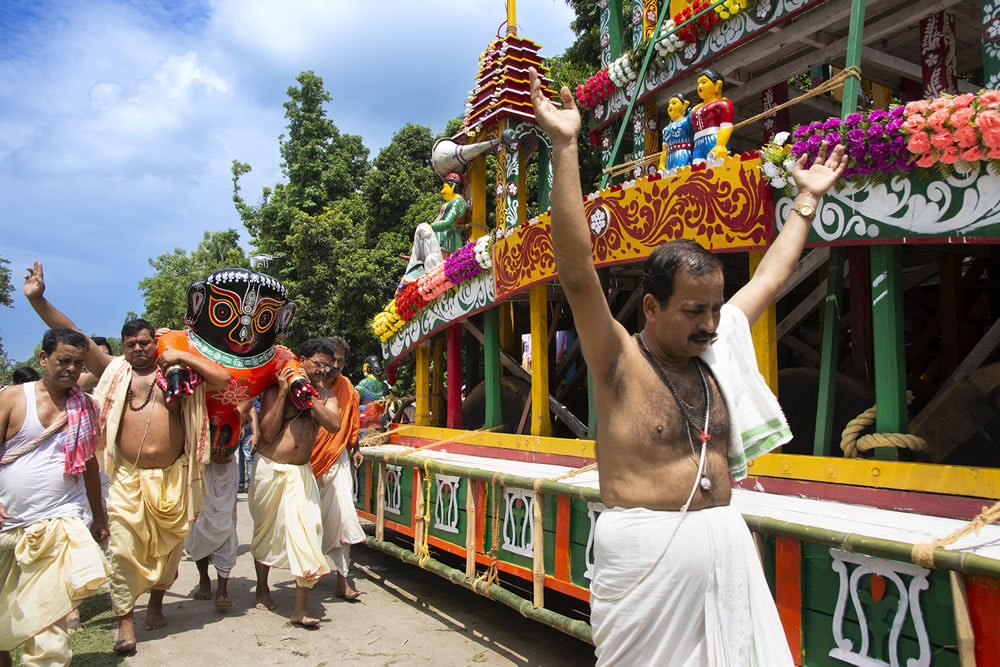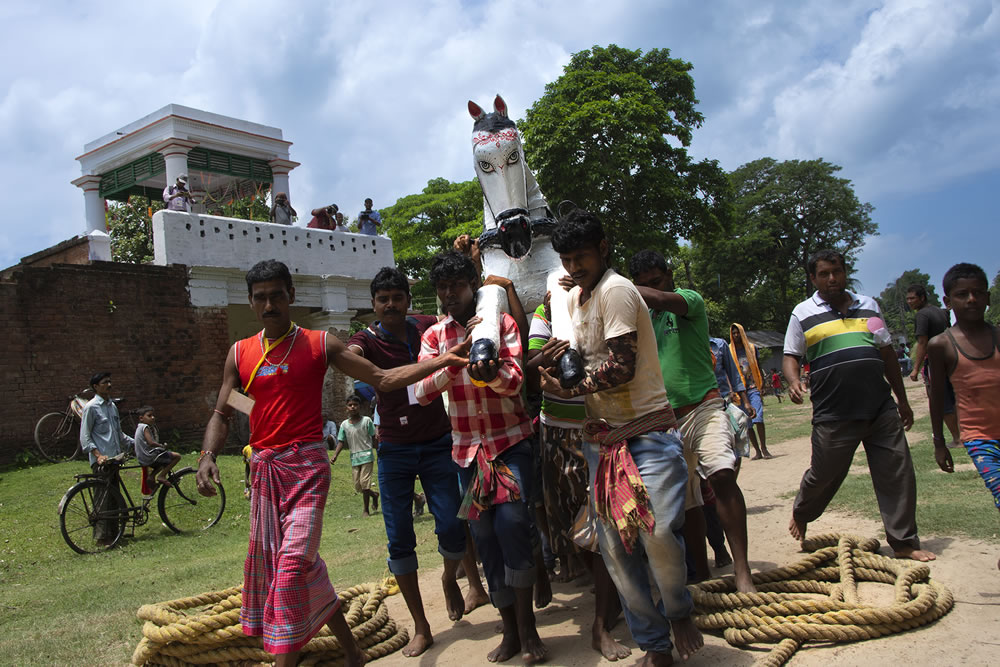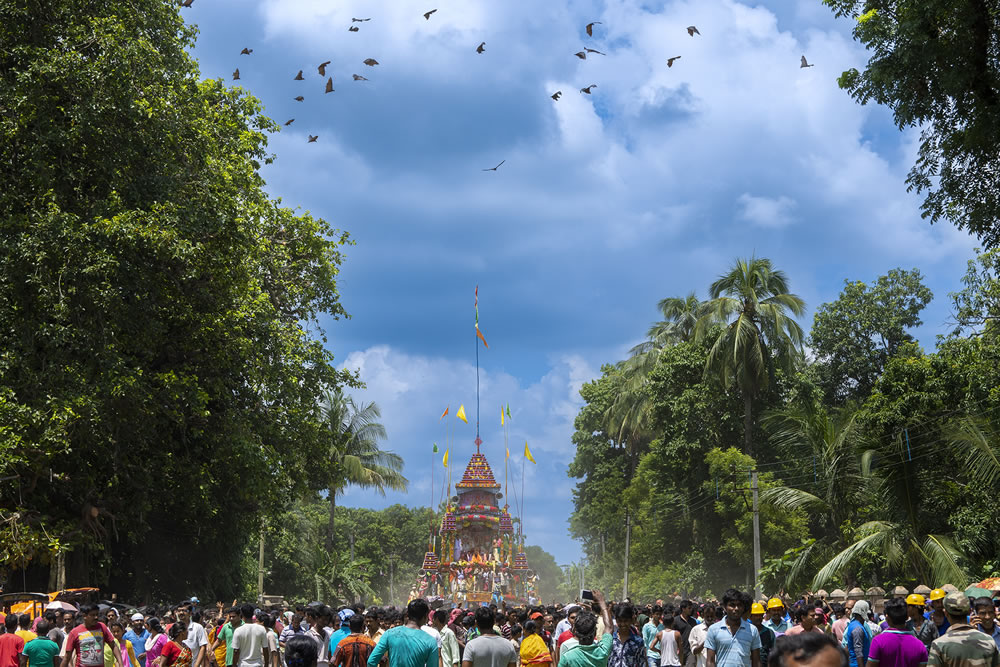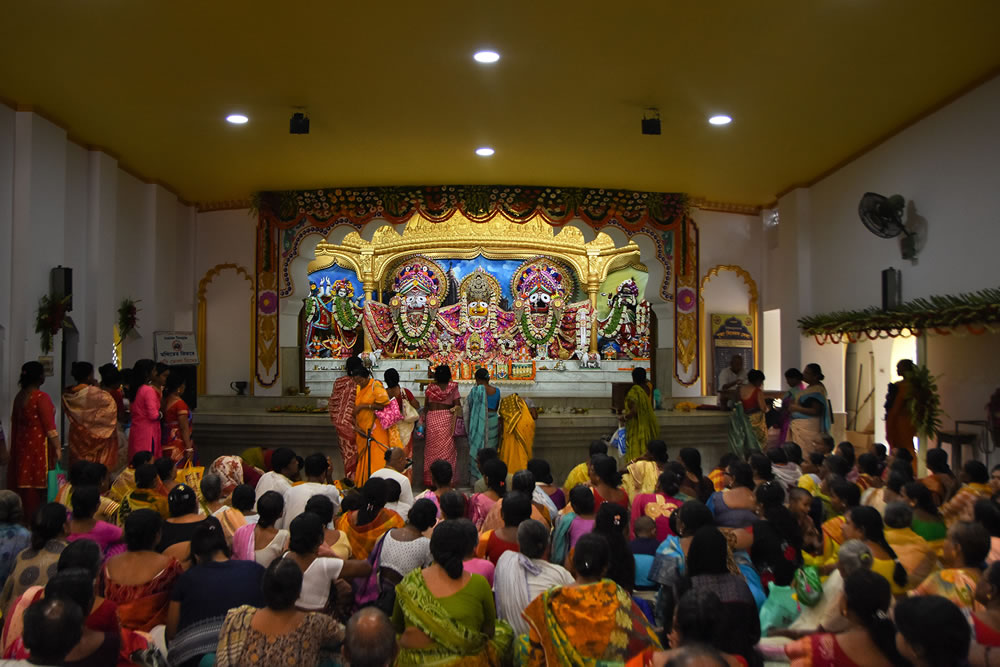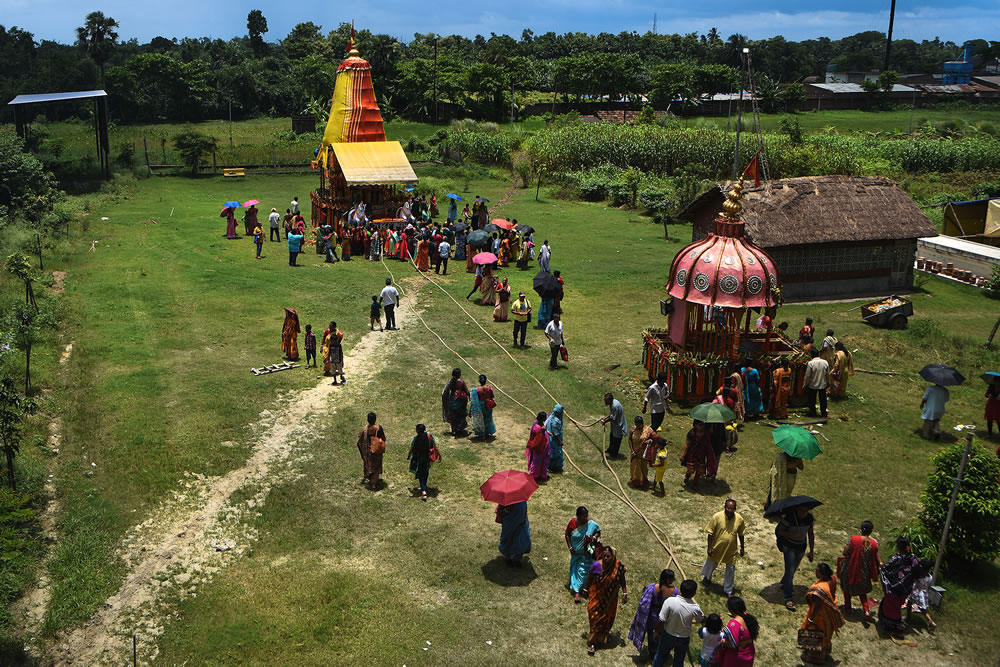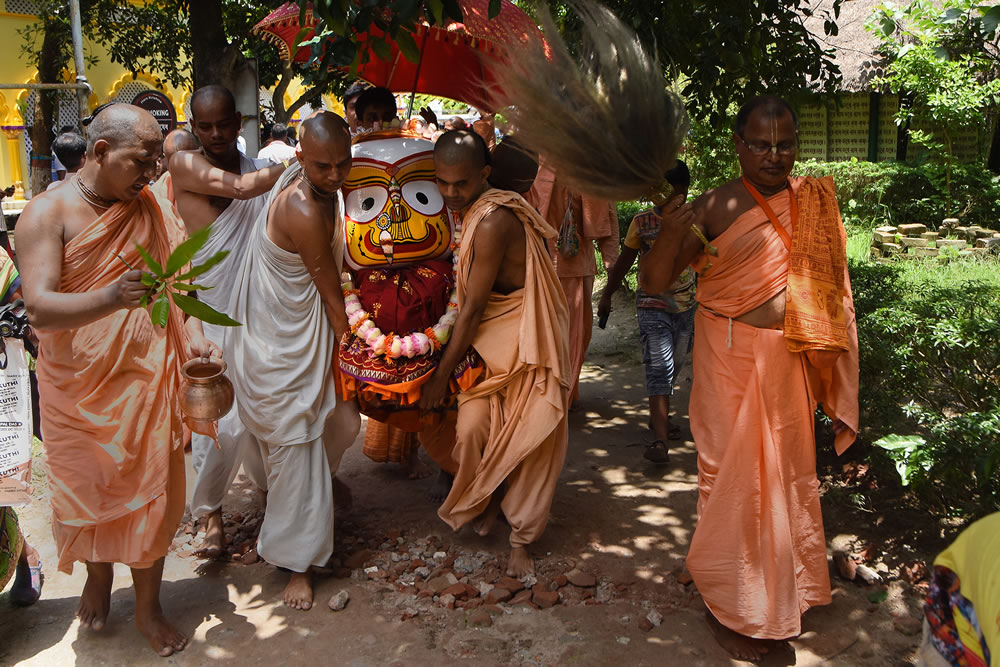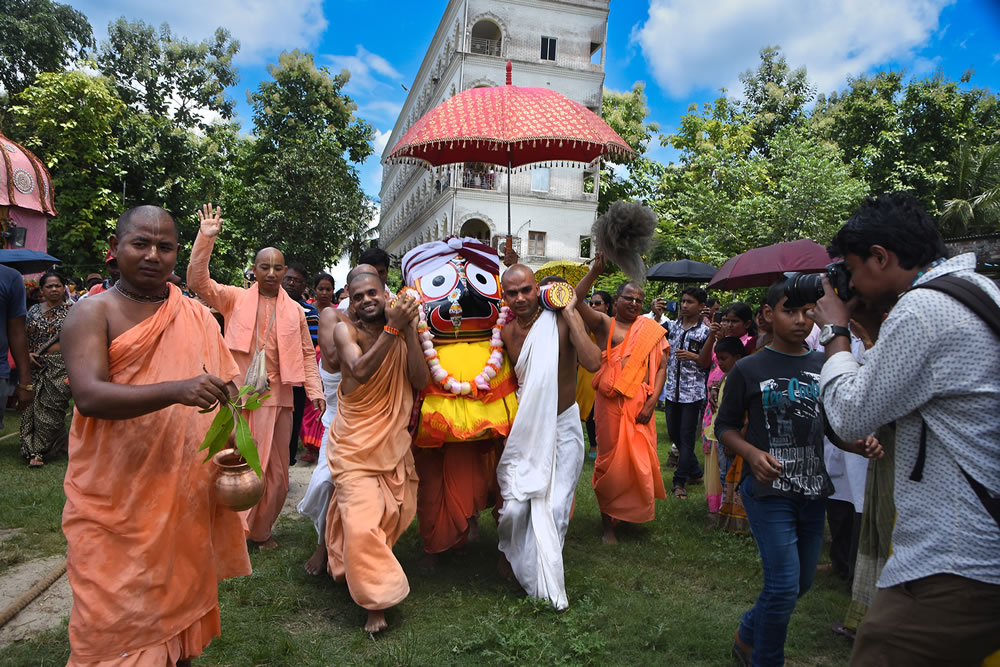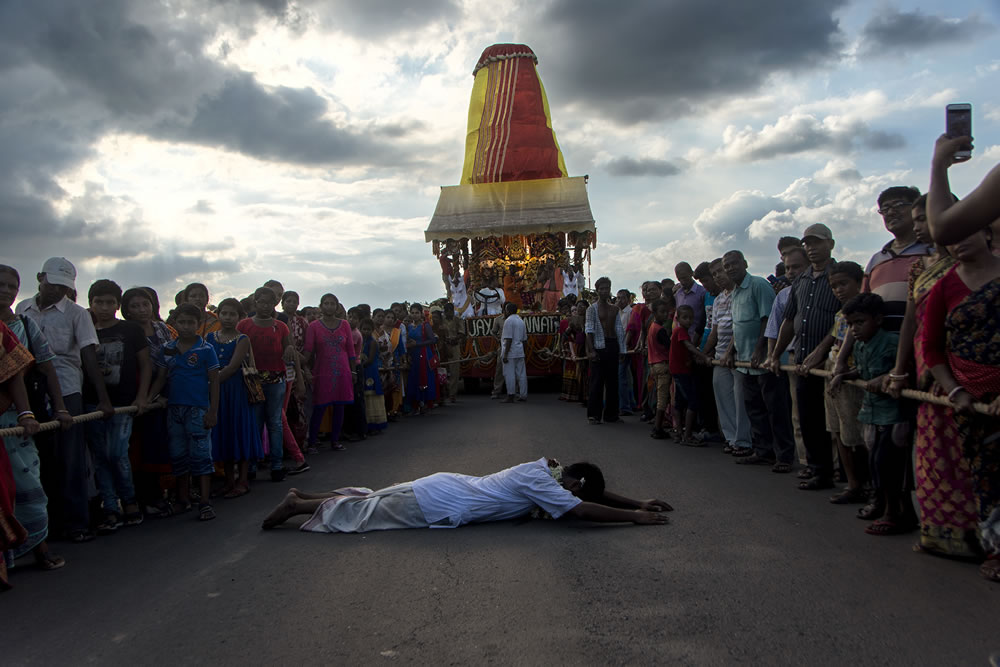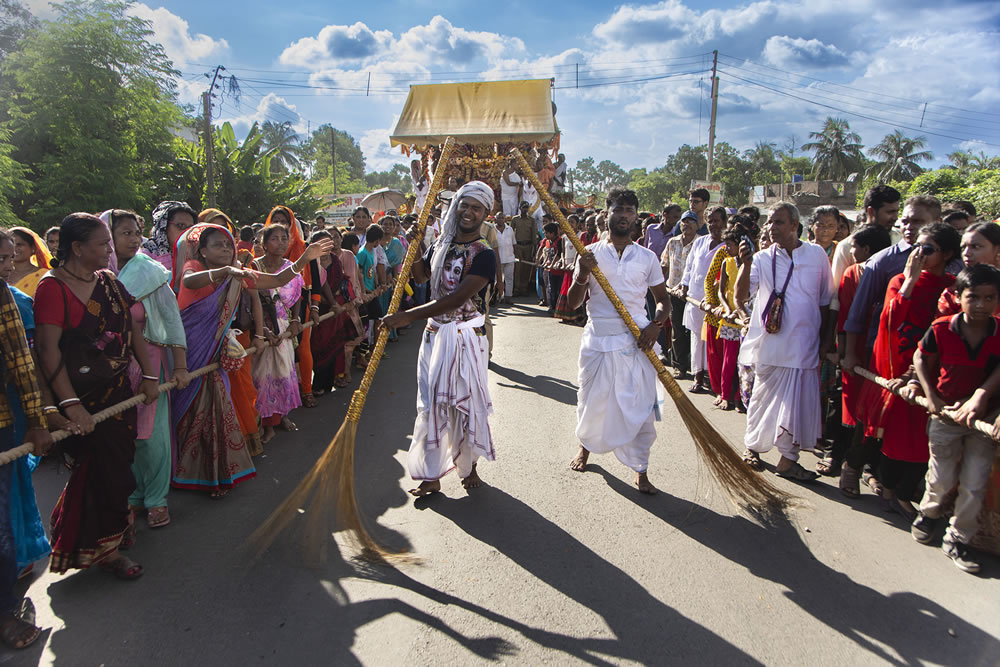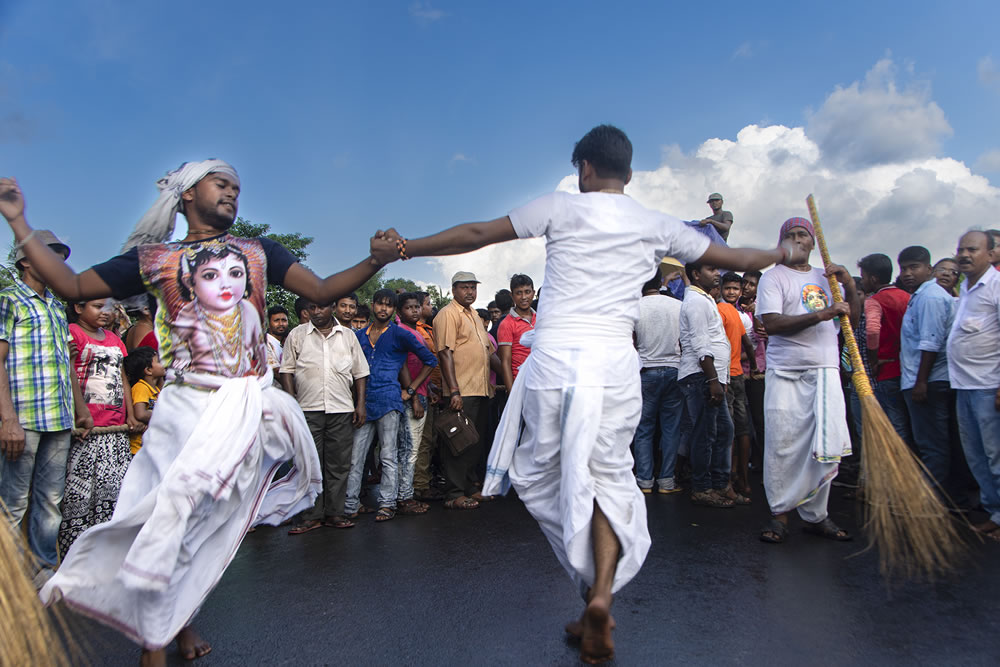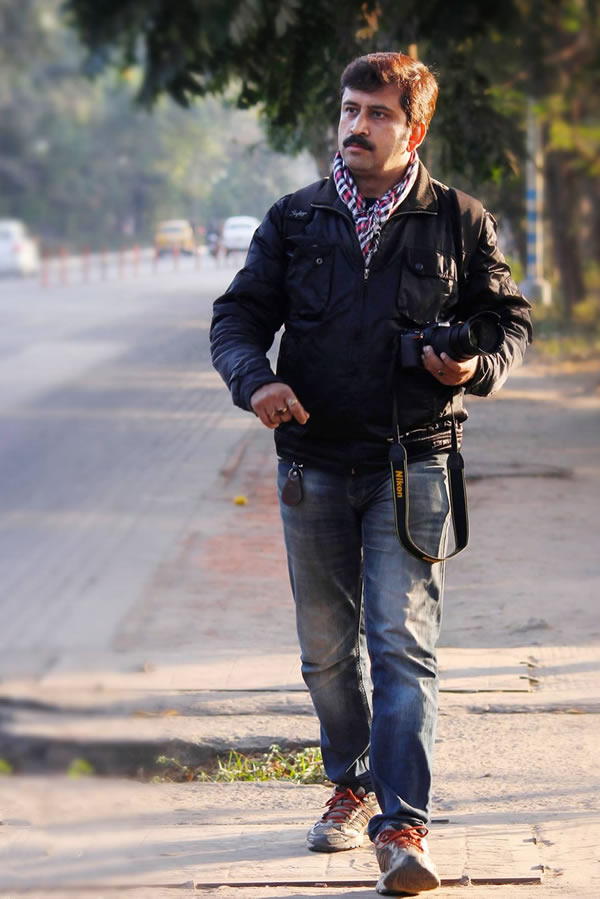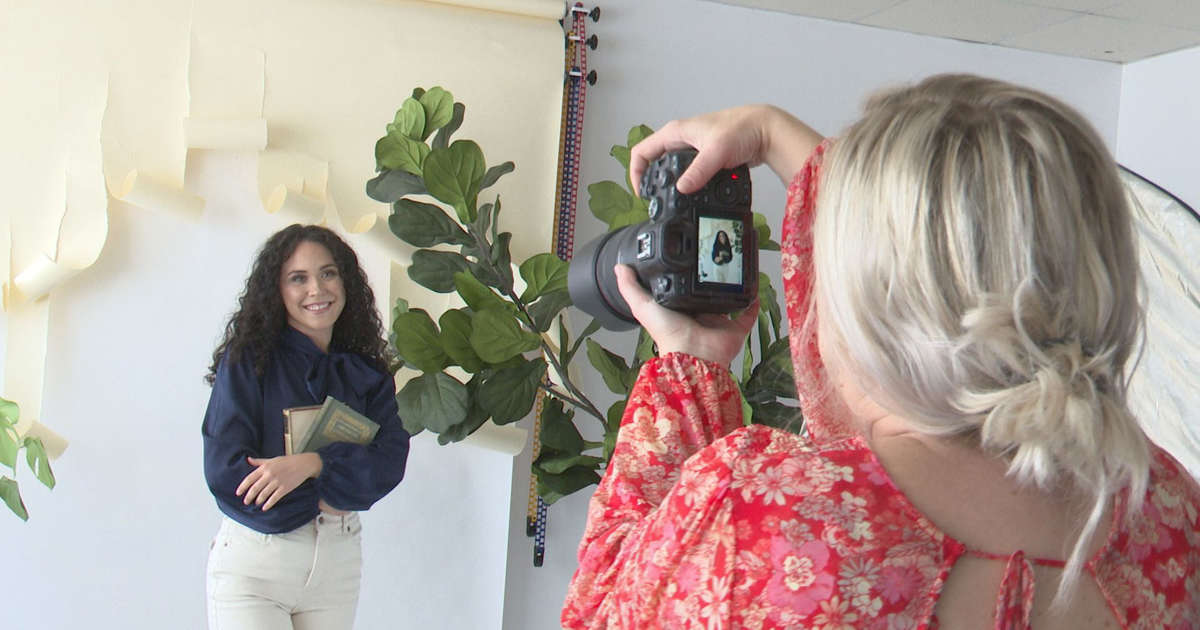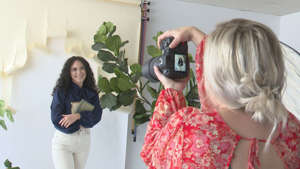Sports photography is something you see pretty often without realizing how much work goes into it. Let the experts explore the artistic side of this with 121 Clicks.
Beyond the Game: Exploring the Artistic Side of Sports through Photography
Sport is a universal language that brings together people, cultures, and passions. The joy of supporting a team or a player collectively unleashes a different layer of human emotions. And for people who can’t be present during the live event, sports photography captures the moments.
Sports photography across the world has recently started to flourish. We have a betting expert Tim Harrison who suggests 121 Clicks on approaching the topic. He brings the best BetZillion guides for our readers, and he will also shed light on the scope of sports photography as a form of art.

121 Clicks Feature: How Sports Photography Intersects Art
Photography may not be one of the 7 traditional art forms, but it’s surely gaining popularity as a visual art form. On paper, sports photography may sound very simple. You click pictures when players play football, cricket, kabaddi, or any other sport, right?
Well, no. It’s not that simple. Whenever you bring movement into the mix, things get complicated. Capturing a stationary subject is very different from capturing a moving object. You can set the camera to auto for stationary subjects, as the lens has enough time to adjust.
But the photographer must know the aperture, ISO, shutter speed, exposure, and other technical aspects of moving objects. Otherwise, the result will be a blurry blob that may or may not be identifiable as an athlete.
It’s not the technicalities that make sports photography a visual art form. It’s the subtlety in the athleticism that we often take for granted.
Every sports player is an athlete who works hard to reach that level. Pretty much all sports give us mesmerizing moments of physicality by the athlete. Even if we don’t miss it live, we miss it forever. No human reaction is repeatable.
That’s where sports photography comes into play. A skilled photographer, a legend like Neil Leifer, can capture moments that otherwise look very mundane. It’s when we see the fragment of the second that makes that photo a masterpiece.
At the same time, sports photography is concerned with physicality and emotional exposure. Different decisions on the field impact the players differently. And based on them, they have different emotional reactions. The same goes for the supporters who show up at the stadium or arena to support their favourite team.
Sports photography, as a whole, is the art of capturing every moment that we would want to relive.
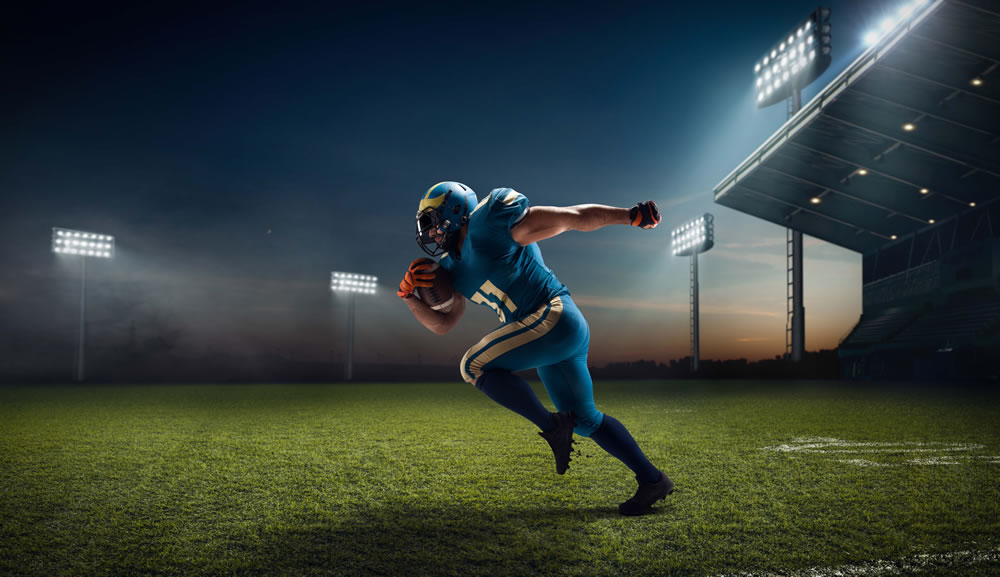
How Does the Magic Happen?
As we’ve already established, capturing moving objects in a photo is perhaps the biggest challenge a photographer can endure. It takes them years of practice and understanding to master the skill.
Speaking of timing, it’s everything in sports photography. You must be prepared to press the shutter at any moment. How do they stay prepared, you ask?
According to Tim, anticipation is a sports photographer’s best friend. Every moment, they need to anticipate that something will happen. But it can surely get exhausting if there are too many false alarms. But as time passes and the photographer gains more experience, they get better at filtering through moments.
Using the continuous shooting mode is a crucial technique that goes into sports photography. The thing with the most iconic moments is that they’re very short-lived. It’ll be over by the time you can set up your camera. Tracking the subject with a continuous shutter is a great way to avoid missing moments.
Another very important thing for sports photographers is framing. Without proper framing, it’s very hard to tell a compelling story. Experts recommend trying different angles to determine what kind of frame resonates the most with the photographer.
Sports Portraits: The Strong Form of Photo Art?
The individual or group images of players you see before an event are prime examples of sports portraits. The goal of this kind of photography is not only to capture the players but also their personality.
It’s mostly done with clever lighting and set design by the art director, who may be the photographer. It is one of the areas of sports photography where imagination can fly high. In many cases, directors use props and costumes to tell the story more vibrantly.
The Influence of Technology on Sports Photography | Tim Harrison Overview
Sports have been around since when humans learned how to move. The progression of camera technology allowed the whole world to see it. Modern-day sports photography is very much influenced by technology. Here is the basic equipment all sports photographers need.
- Camera bodies with at least 8 frames per second burst rate
- Lenses with different depths of fields
- Tripods to stabilize the high-speed shots
Another aspect that changed sports photography forever is social media. These platforms became the largest medium for creatives to showcase their work. At the same time, the potential of exposure to millions of people works as a great motivation for professionals to push the boundaries.
Of course, we all have smartphones that we can use to capture photos of ongoing sports. But it’s often hard to capture the true essence of what’s going on without the right equipment. It is why professional sports photography remains a very niche profession.
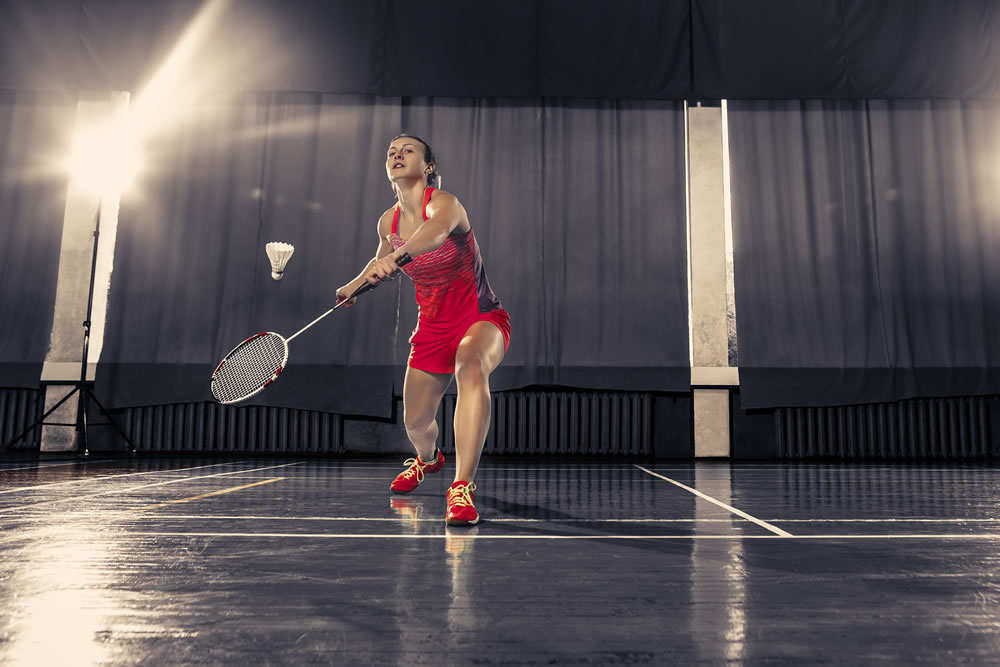
Conclusion
Everything that requires a great level of skill to satisfy the human eye is art. At least, in our humble opinion. 121 Clicks has been appreciating all art forms since its inception, including sports photography.
Sports photography has been and will remain the most effective practice to capture the artistic side of sports. Thanks to the professionals who inspire youngsters to pursue this passion. We hope that you’ll also appreciate sports photography at a higher standard after today.
Related Articles:
